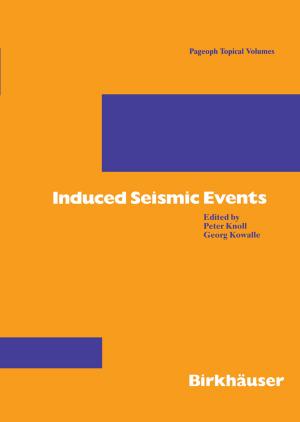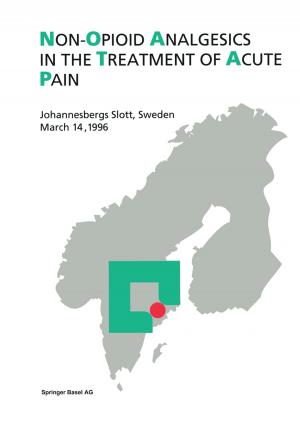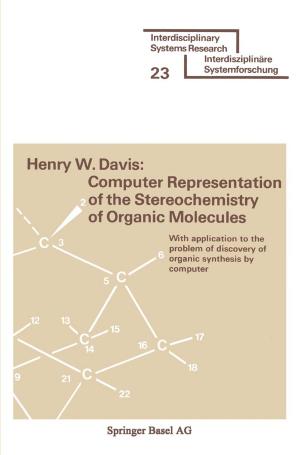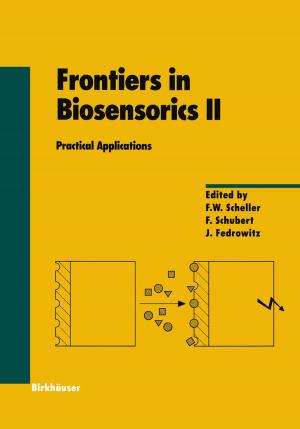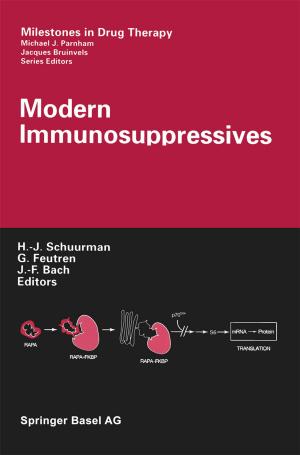Earthquake Processes: Physical Modelling, Numerical Simulation and Data Analysis Part I
Nonfiction, Science & Nature, Science, Earth Sciences, Geophysics| Author: | ISBN: | 9783034882033 | |
| Publisher: | Birkhäuser Basel | Publication: | December 6, 2012 |
| Imprint: | Birkhäuser | Language: | English |
| Author: | |
| ISBN: | 9783034882033 |
| Publisher: | Birkhäuser Basel |
| Publication: | December 6, 2012 |
| Imprint: | Birkhäuser |
| Language: | English |
In the last decade of the 20th century, there has been great progress in the physics of earthquake generation; that is, the introduction of laboratory-based fault constitutive laws as a basic equation governing earthquake rupture, quantitative description of tectonic loading driven by plate motion, and a microscopic approach to study fault zone processes. The fault constitutive law plays the role of an interface between microscopic processes in fault zones and macroscopic processes of a fault system, and the plate motion connects diverse crustal activities with mantle dynamics. An ambitious challenge for us is to develop realistic computer simulation models for the complete earthquake process on the basis of microphysics in fault zones and macro-dynamics in the crust-mantle system. Recent advances in high performance computer technology and numerical simulation methodology are bringing this vision within reach. The book consists of two parts and presents a cross-section of cutting-edge research in the field of computational earthquake physics. Part I includes works on microphysics of rupture and fault constitutive laws, and dynamic rupture, wave propagation and strong ground motion. Part II covers earthquake cycles, crustal deformation, plate dynamics, and seismicity change and its physical interpretation. Topics covered in Part I range from the microscopic simulation and laboratory studies of rock fracture and the underlying mechanism for nucleation and catastrophic failure to the development of theoretical models of frictional behaviors of faults; as well as the simulation studies of dynamic rupture processes and seismic wave propagation in a 3-D heterogeneous medium, to the case studies of strong ground motions from the 1999 Chi-Chi earthquake and seismic hazard estimation for Cascadian subduction zone earthquakes.
In the last decade of the 20th century, there has been great progress in the physics of earthquake generation; that is, the introduction of laboratory-based fault constitutive laws as a basic equation governing earthquake rupture, quantitative description of tectonic loading driven by plate motion, and a microscopic approach to study fault zone processes. The fault constitutive law plays the role of an interface between microscopic processes in fault zones and macroscopic processes of a fault system, and the plate motion connects diverse crustal activities with mantle dynamics. An ambitious challenge for us is to develop realistic computer simulation models for the complete earthquake process on the basis of microphysics in fault zones and macro-dynamics in the crust-mantle system. Recent advances in high performance computer technology and numerical simulation methodology are bringing this vision within reach. The book consists of two parts and presents a cross-section of cutting-edge research in the field of computational earthquake physics. Part I includes works on microphysics of rupture and fault constitutive laws, and dynamic rupture, wave propagation and strong ground motion. Part II covers earthquake cycles, crustal deformation, plate dynamics, and seismicity change and its physical interpretation. Topics covered in Part I range from the microscopic simulation and laboratory studies of rock fracture and the underlying mechanism for nucleation and catastrophic failure to the development of theoretical models of frictional behaviors of faults; as well as the simulation studies of dynamic rupture processes and seismic wave propagation in a 3-D heterogeneous medium, to the case studies of strong ground motions from the 1999 Chi-Chi earthquake and seismic hazard estimation for Cascadian subduction zone earthquakes.








